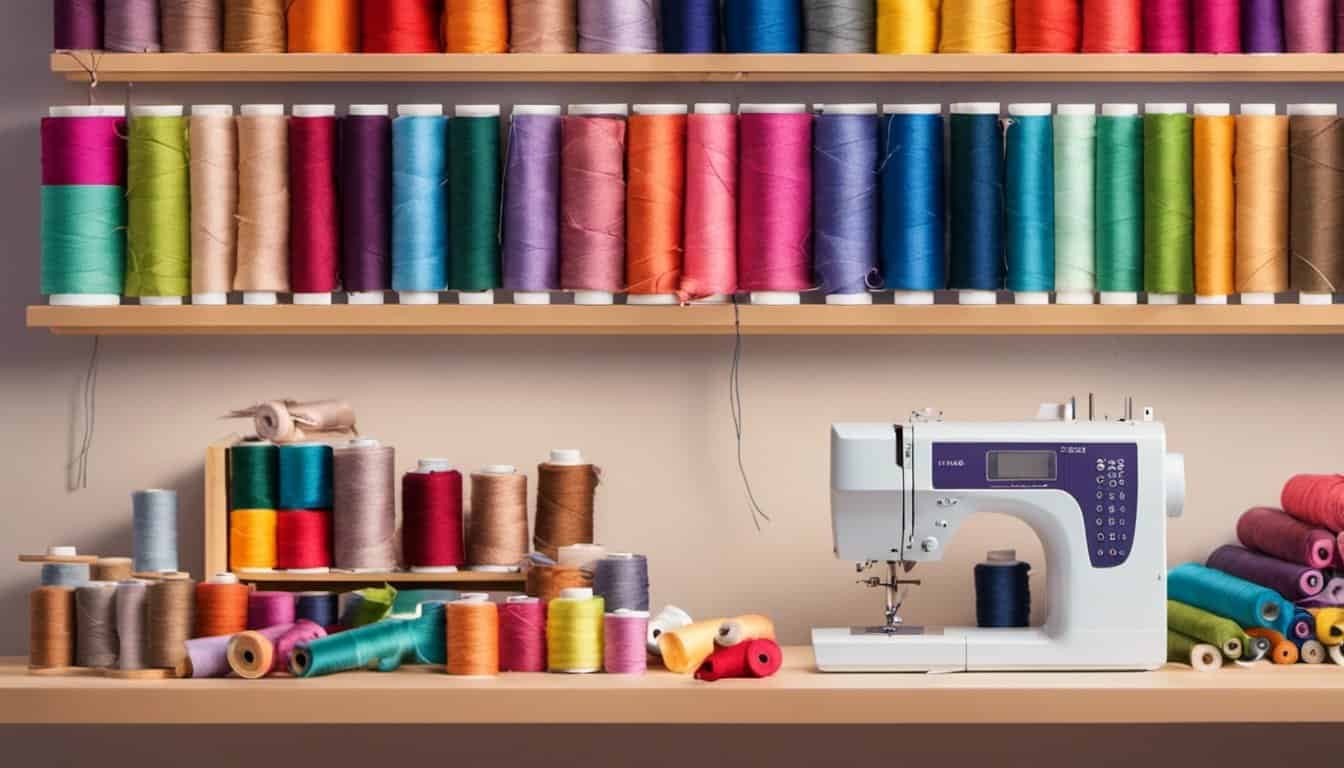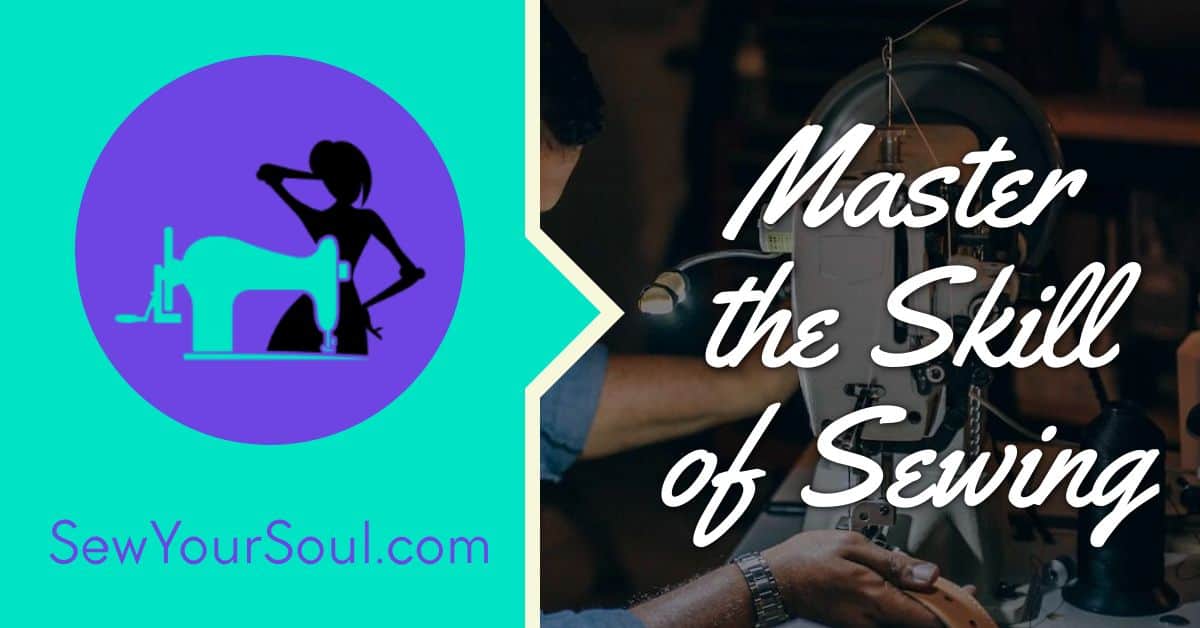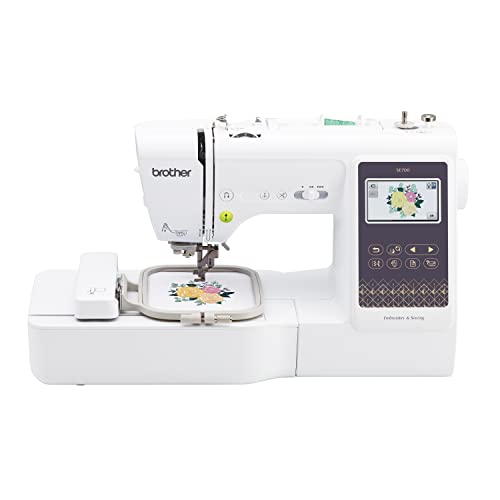Embarking on your sewing and embroidery journey can be both exciting and a bit daunting. With so many machines on the market, it’s tough to know where to start. Whether you’re looking to stitch up some new clothes or add intricate designs to your projects, finding the right machine is key to making your creative dreams come true.
Choosing the Best Sewing and Embroidery Machine for Beginners
Selecting the right sewing and embroidery machine is crucial for a successful crafting journey. You need a machine that matches your budget, skill level, and project needs.
Factors to Consider
Before purchasing, focus on these essential factors:
- Budget: Identify how much you’re willing to invest. Basic models range from $100-$300, while more advanced ones can cost over $1000.
- Purpose: Determine if you need sewing, embroidery, or a combination machine. Combination machines often offer more versatility.
- Brand: Look for reputable brands like Brother, Singer, and Janome. These brands have reliable models with good customer support.
- Ease of Use: Choose a machine with intuitive controls and a user-friendly interface. Consider automatic threading, drop-in bobbins, and easy stitch selection.
- Stitches and Designs: Check how many built-in stitches and embroidery designs are available. Beginners will benefit from a variety of options without feeling overwhelmed.
- Size and Weight: Find a machine that fits your space and is portable if you plan to take it to classes or meetings.
Key Features
When evaluating specific models, focus on these key features:
- Embroidery Hoop Sizes: Ensure the machine includes multiple hoop sizes. Larger hoops allow for bigger and more intricate designs.
- Built-in Stitches: Prioritize machines with a wide range of built-in stitches. Over 50 built-in stitches offer flexibility for various projects.
- USB Connectivity: Select a machine with USB ports for importing custom designs. This feature expands your creative possibilities.
- LCD Screen: Look for a machine with an LCD screen for easy navigation of settings and designs. Touchscreen models provide even more convenience.
- Automatic Features: Automatic needle threading, thread cutting, and tension adjustment save time and reduce frustration.
- Stitch Speed Control: Adjustable stitch speed ensures precision, especially for detailed embroidery work.
By considering these factors and features, you can choose the best sewing and embroidery machine that fits your needs as a beginner.
Top Picks for Beginners
Choosing the right sewing and embroidery machine can be daunting, but here are some top picks that balance features and ease of use for beginners.
Budget-Friendly Options
Brother SE600
This machine combines sewing and embroidery functions in an affordable package. It offers 80 built-in designs, 103 stitches, and a 4″ x 4″ embroidery field. Its color touchscreen simplifies design selection.
Singer 7258
Ideal for beginners not needing advanced embroidery features, this model includes 100 stitches, automatic needle threading, and adjustable stitch length and width. It provides quality sewing functions at a lower price.
High-End Models
Brother PE800
For those willing to invest more, this model provides extensive features like a 5″ x 7″ embroidery field, 138 built-in designs, and a large color touchscreen. It’s perfect for more complex projects.
Janome Memory Craft 500E
This high-end machine offers a variety of advanced features, including 160 built-in designs, four embroidery hoops, and a large 7.9″ x 11″ embroidery field. Its user-friendly interface ensures a smooth learning curve.
These machines cater to different budgets and project requirements. Their features and ease of use make them excellent choices for beginners.
Benefits of Combining Sewing and Embroidery in One Machine
Versatility and Creativity
Combining sewing and embroidery in one machine enhances your crafting versatility. You can switch between sewing and embroidery without changing machines, making it easier to work on mixed-media projects. For example, you can sew a garment and then add embroidered embellishments seamlessly. These machines often come with various built-in designs and stitches, allowing immediate creative expression. Whether you’re making quilts, home décor, or fashion items, a multifunction machine expands your creative capabilities.
Space and Cost Savings
A combined sewing and embroidery machine saves both space and money. Instead of purchasing and storing two separate devices, you only need one. This is especially beneficial if your crafting space is limited. Furthermore, the upfront investment in a dual-purpose machine often costs less than buying two separate machines. By consolidating your equipment, you also reduce maintenance and repair expenses, as there’s only one machine to service. This efficient orchestration of resources maximizes your crafting space and budget.
By integrating both capabilities into one device, beginners can explore a wide range of projects without the need for multiple machines, enhancing both practicality and creativity in your crafting journey.

Care and Maintenance Tips
Taking care of your sewing and embroidery machine is vital for its longevity and performance. Regular maintenance and timely troubleshooting keep your machine running smoothly.
Regular Maintenance Practices
Clean the machine after every project. Remove lint, dust, and thread scraps from the bobbin area and feed dogs. Use a small brush or compressed air for thorough cleaning.
Oil the machine. Apply sewing machine oil to the moving parts as specified in your manual. Proper lubrication ensures smooth operation and reduces friction-related wear.
Change needles regularly. Dull or bent needles can damage fabric and cause skipped stitches. Replace the needle after every 8-10 hours of use or at the start of each new project.
Keep the machine covered. When not in use, cover the machine to protect it from dust and debris. This simple step can prevent many potential problems.
Troubleshooting Common Issues
« **”Can I Take a Sewing Machine on a Plane? Discover What You Need to Know!”**
Discover the Best Table for Sewing Machines: Top Picks and Maintenance Tips You Can’t Miss »
Understand tension adjustments. If your stitches are uneven or thread is breaking, check the tension settings. Refer to your manual to adjust the tension correctly for different fabrics.
Resolve threading problems. Improper threading often leads to missed stitches or thread bunching. Ensure the thread follows the correct path and is seated properly in the tension discs.
Handle bobbin issues. If the bobbin thread snarls or the bobbin case jams, rethread the bobbin and clean the case. Use the right type of bobbin for your machine.
Address skipped stitches. Misaligned needles or incorrect threading can cause skipped stitches. Replace the needle and rethread the machine to fix this issue.
Maintain proper foot pressure. Incorrect foot pressure can cause fabric puckering or feeding issues. Adjust the pressure based on the fabric weight.

By following these care and maintenance tips, your sewing and embroidery machine stays in optimal condition for all your creative projects.
Conclusion
Choosing the right sewing and embroidery machine can set the stage for countless creative projects. Remember to consider your budget, skill level, and project needs when making your decision. A versatile machine that combines sewing and embroidery can save space and money while boosting your creativity.
Don’t forget the importance of regular care and maintenance to keep your machine running smoothly. Simple practices like cleaning, oiling, and replacing needles can make a big difference. With the right machine and proper upkeep, you’re all set to dive into the world of sewing and embroidery with confidence and joy. Happy stitching!













